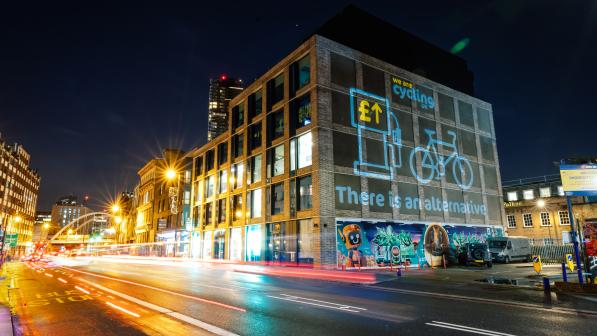What building regulations and planning guidance relate to bike parking and cycle storage?
Bicycle parking standards offer industry specific guidance on bike rack systems, spacing, and access. Examples include both the London Cycling Design Standards (LCDS Chapter 8) and the more recent Bicycle Association UK cycle parking standards.
Alongside these sit building regulations and guidelines. BREEAM (Building Research Establishment Environmental Assessment Method) provides cycle storage criteria to meet their sustainable building certification.
Whether or not you’ve identified where your storage will be, the racks you’ll use, or your capacity capacity requirement, here’s a guide to cycle parking building regulations and planning guidance in the UK.
What are the planning requirements for cycle parking?
The BREEAM cycle storage guidelines offer basic requirements for buildings to achieve their sustainable building certification. Here’s a brief summary of the key guidelines:
BREEAM’s 2018 updated New Construction certification sets out the capacity requirement for different types of building:
- Commercial office buildings: 1 space per 10 staff
- Healthcare buildings: 1 space per 10 staff
- Student residence and key worker accommodation: 1 space per 2 residents and 1 space per 10 staff
These cycling facilities need to be BREEAM compliant, which is outlined as:
- Cycles can be secured within spaces in racks with overhead covering. The cycle racks are set in or fixed to a permanent structure (building or hardstanding) or alternatively, may be located in a locked structure fixed to, or part of, a permanent structure with appropriate surveillance
- The distance between each cycle rack allows appropriate access to the cycle storage space for easy storage and access to bikes
- The storage facility or entrance to the facility is in a prominent site location visible to potential users from either an occupied building or a main access to a building
- The cycle storage facility has adequate lighting
Meeting these requirements is simple enough and should be taken as a minimum. But ensuring your cycle storage is durable, reliable, and most importantly user-friendly can go beyond box ticking and help improve your building and really encourage active travel.
The majority of BREEAM’s recommendations focus on covered parking with an adequate number of spaces. However, active travel facilities can do more than that to satisfy the growing appetite for better cycling facilities.
Shrewd building developers are realising this and aren’t just content to box tick, but are actively looking at what those cycling really need.







